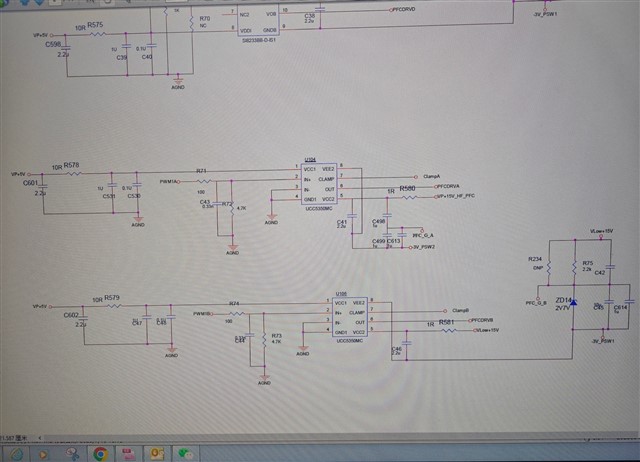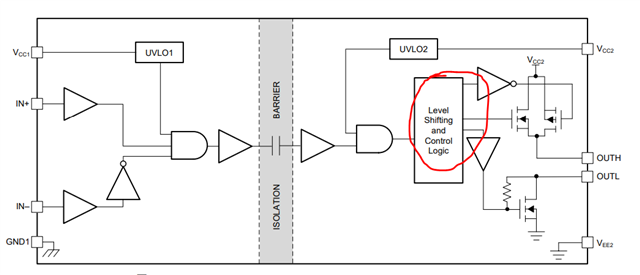Other Parts Discussed in Thread: SN6501,
Dears:
customer use SI8233BB-D-IS1, they want to use UCC5350M-Q1 to replace it. Could you please help check if UCC5350M-Q1 need extra self boost circuit ? If not, Could you please help introduce UCC5350M-Q1's working method ? Thanks.



